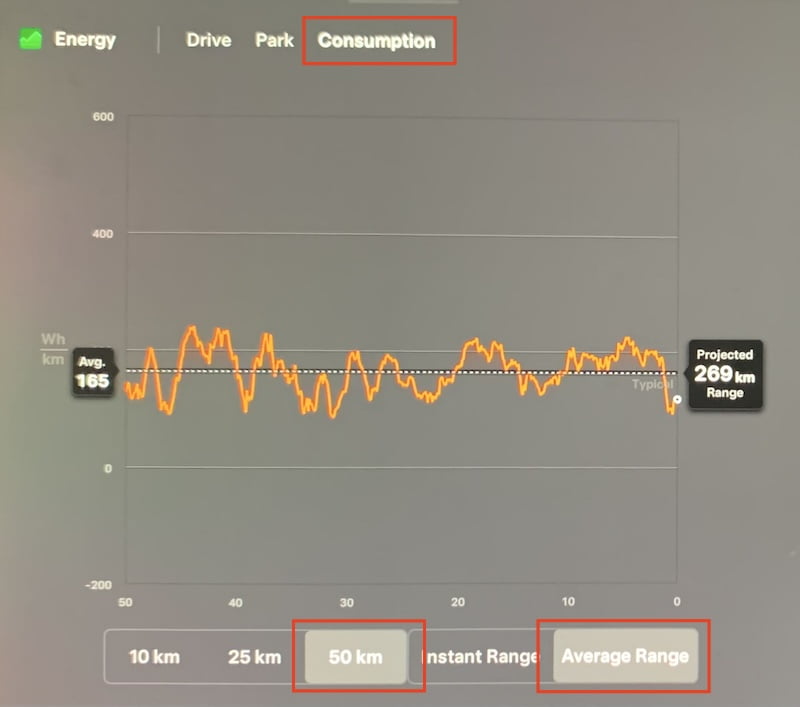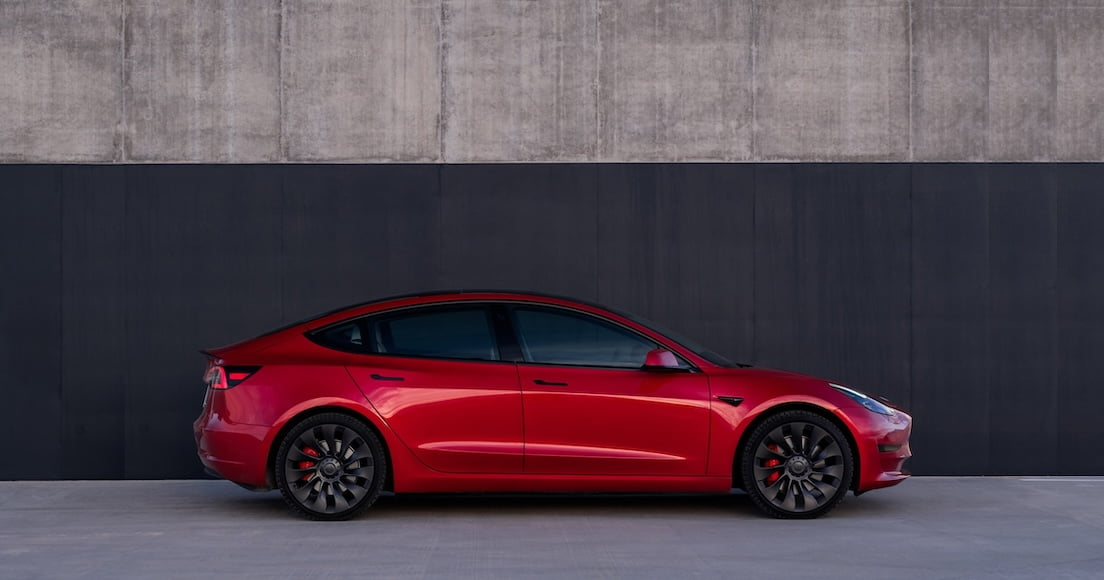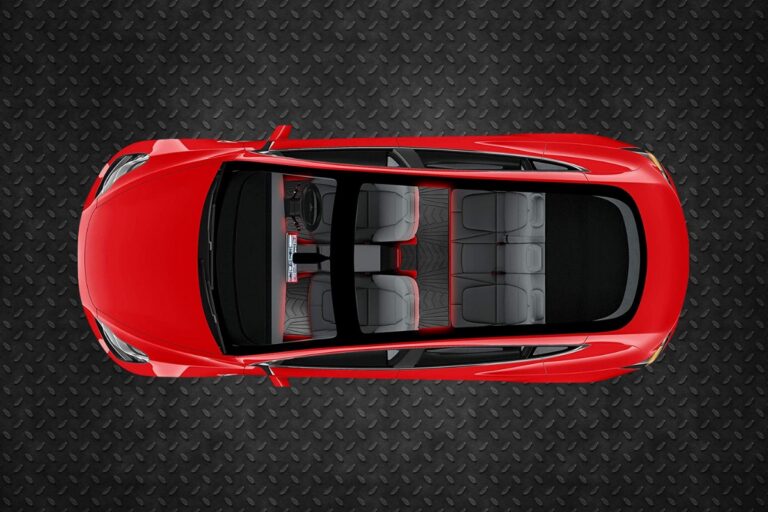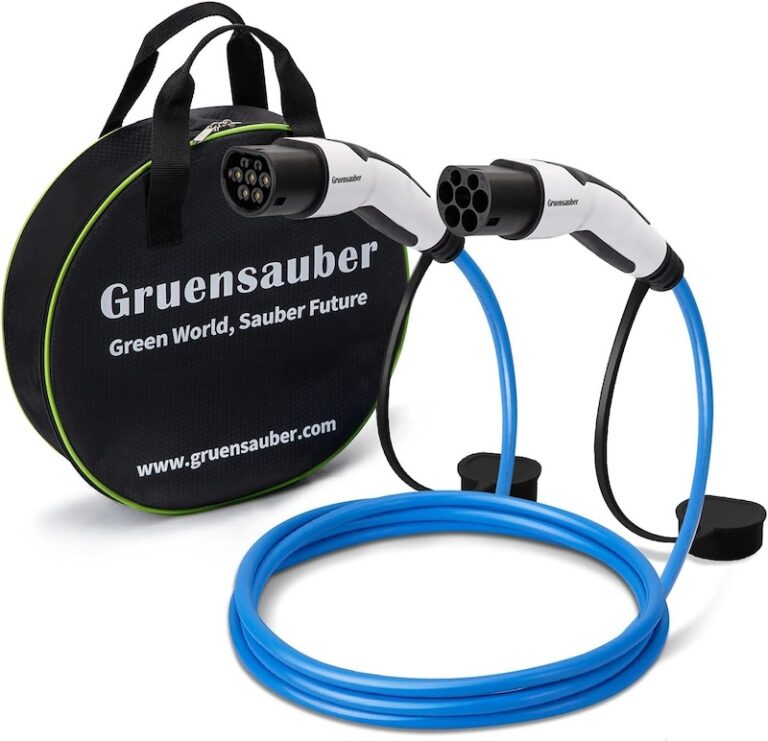Used Tesla Model 3 Buyers Guide
The Australian market is experiencing a surge in used Tesla vehicles, a trend driven by the brand’s ever-growing popularity. With an increasing number of new Teslas hitting the roads and many existing Tesla owners upgrading, a wealth of pre-owned Teslas is available for prospective buyers.
Navigating the nuances of a used Tesla purchase requires some understanding of the specific factors that define these cars. That’s precisely why we’ve curated this comprehensive guide – to equip you with the knowledge needed to make a well-informed decision when buying a used Tesla Model 3 or Model Y in Australia.
From evaluating battery health and understanding different configurations to considering remaining warranties, our guide is your go-to resource for ensuring a seamless transition into Tesla ownership.
So, if you’re looking to join the ranks of satisfied Tesla owners, our guide is here to assist you in better understanding what to look for when buying a used Tesla Model 3 or Model Y and selecting one that meets or exceeds your expectations.
Model 3 Buyers Guide
The Tesla Model 3 is the mid-size sedan that changed the game; affordable, quick and reliable, the Model 3 is a well-rounded electric vehicle.
Although first released in 2016, Australian deliveries started in 2019. As many early adopters have upgraded to the larger Model Y, many used Model 3s that represent great value are currently entering the used market.
Although the appearance of the Model 3 has not changed much between 2019 and 2023, Tesla updated many components such as suspension, seats and other parts that either provided a smoother and quieter drive or improved efficiency.
In this guide, we will cover the different variants of the Model 3 and the changes between the model years.
Variants of the Model 3
There are five variants of the Model 3 available on the used market. Rear-wheel drive models have one motor, while the all-wheel drive variants have two motors.
| Variant | Years Available | Driven Wheels | 0-100km/h | Rated Range |
|---|---|---|---|---|
| SR+ | 2019-2021 | RWD | 5.6 Seconds | 470km -556km |
| RWD | 2022 – Present | RWD | 6.1 Seconds | 556km |
| Long Range | 2019 – Present | AWD | 4.4 Seconds | 620km-691km |
| Stealth Performance | 2019 | AWD | 3.3 Seconds | 595km |
| Performance | 2019 – Present | AWD | 3.3 Seconds | 595km-615km |
SR+ / RWD
This is the base model; it has a single motor that drives the rear wheels and came out with either a 52kWh, 55kWh or 60kWh battery pack. It is the most affordable of the lineup, and although it is the slowest Tesla ever made, it is still a very quick car with a 0-100 in 5.4s for the SR+ or 6.1s for the RWD.
Before 2022, Tesla named it the SR+ (Standard Range Plus). In 2022, Tesla renamed the SR+ to RWD (Rear Wheel Drive). Although their names differ, they are essentially the same vehicle.
Long Range (LR)
Although the long-range version is known for its extra range, its dual motor configuration means it has much more power output. With a 0-100km/h of just 4.4 seconds, it is fast, practical, and considered the sweet spot in the lineup. In the used market for a few thousand extra, you get a bigger battery, an extra motor, more performance, an upgraded sound system and foglights.
Performance (P)
This is the flagship model, with a 0-100km/h of just 3.3 seconds; many have described it as simply violent. If acceleration and instant torque are what you are after, the M3P does it most gloriously.
The differences between the and the LR are a more powerful rear motor, larger wheels, larger brakes, a spoiler and “Track Mode”. The track mode feature lets you change the power bias, alter traction control and time laps, and provide other vehicle telemetry. This, of course, should only be used on a dedicated track.
USA (Fremont) vs China (Shanghai) built Model 3
- Model 3s built in 2020 and before = USA Fremont factory
- Model 3s built in 2021 and after = Giga Shanghai factory
Australian Model 3s manufactured between 2019 and late 2020 were built in the USA Fremont factory, whilst anything built from 2021 onwards came from the Giga Shanghai factory. Many side-by-side comparisons have shown that Giga-Shanghai-built cars are built better. That is not to say that the USA-built cars are no good; their fit and finish are just a step behind the vehicles built in Tesla’s newer Giga Factories, which use newer, cutting-edge manufacturing technologies and processes.
Model 3 2021 Update/Refresh
In 2021, Tesla updated many components of the Model 3; while some were cosmetic, many were engineering changes that resulted in a more efficient vehicle. Because of these significant changes, Model 3s made in 2021 and onwards are more valuable than the 2019-2020 model years.
We have outlined the main differences of the post-2021 Model 3 below.
Heat Pump
This was a major development for the Model 3; essentially the heat pump improved efficiency by moving heat to and from the battery, cabin, motors and outside air. This is more efficient than using a resistive heater to warm up the cabin or using only the motor stator to heat the battery pack. One of the main reasons people seek a 2021 or newer Model 3 is the heat pump. Side-by-side tests have shown an improvement in efficiency of around 5-10% or even more in colder climates.
Improved Suspension and insulation
Many user reports highlighted that the Model 3 was very harsh and noisy inside. Tesla listened, and in the 2021 revision, they improved the suspension and added more insulation. The result was a much quieter and smoother vehicle. We have driven both models and can confirm a noticeable difference between a 2019 and 2021 Model 3.
Cosmetic Changes
Tesla made some cosmetic changes to the revised 2021 Model 3; the most obvious is changing the chrome window trims to black. This made the vehicle appear more modern and sporty. Many agreed that this was a good move. However, some people still think the chrome trim looks best on the Model 3; we will leave this one for you to decide.
Other cosmetic changes include slightly different door cards that extend the lines of the dash and different wheels for the Long Range and Performance variants.
The Model 3 Battery
The Different Battery Types in the Model 3
There are a few different battery configurations that the Model 3 has received over the years. Over the years, Tesla has mainly changed suppliers and chemistry types to battle supply chain constraints or reduce manufacturing costs. Around six battery configurations have been available in the Model 3 since 2019.
Although knowing exactly which battery is in a particular Model 3 may not seem important at first, depending on the chemistry, some are not recommended to charge to 100% regularly.
Three chemistry types are used in Model 3; the table below shows which types are in which variants, along with the charging recommendation.
| Chemistry | Variants | Charging recommendation | Degradation |
|---|---|---|---|
| NCA | SR+, LR, P | 80% | Good |
| NMC | LR, P | 80% | Good |
| LFP | SR+, RWD | 100% | Better |
Are LFP batteries better than NCA or NMC batteries?
LFP batteries have the advantage of lower degradation and not being affected as much when charging to 100%. However, data has shown that NCA and NMC batteries in the Model 3 have experienced very little difference in degradation from their LFP counterparts.
Regarding performance, NCA and NMC can output more power, so Tesla still uses them on the dual-motor models. Other advantages to the NMC and NCA batteries are that they perform better in colder weather, charge faster and have a higher energy density, allowing for more capacity.
In general, LFP batteries are a lower cost and output battery with the benefit of slightly lower degradation and the ability to charge 100% regularly without a major negative impact.
Why is battery health important when buying a used Model 3?
A healthy battery with lower degradation will mean more driving range per charge. The difference between a ‘good’ and ‘substandard’ battery can sometimes translate to 50km of less range.
For example, a Model 3 with a degradation of 5% is better than one with 10%. However, age, km and cost must be considered when comparing vehicles.
Many factors, such as charging, heat, average SOC, and cycles, lead to advanced degradation. Without knowing the vehicle’s history, measuring the degradation is a good way to identify better cars from good cars.
How to check battery degradation in a Model 3
There are a few different ways to check the remaining capacity and health of a Model 3 battery. The most common is to charge to 100% and look at the remaining range. Other methods involve entering the service menu (not advised), calculating from the energy app or obtaining a health report from a technician.
Charge to 100% and check the range estimate.
This is a very easy way to see the remaining battery capacity. When looking at a vehicle, you can ask the owner what 100% km is displayed. For example, the 2022 RWD Model 3 is delivered with a max range of 440km. If the used model you are looking at has a 100% range of 410km, then this works out to be a capacity of 93% or a degradation of 7%.
To calculate it, divide the current max km by the new max km.
410/440 = 93.18
Calculating battery degradation from the vehicle touchscreen
This is another quick and easy way to see what the capacity would be at 100%. The good thing about this method is that the vehicle does not need to be at 100%; however, for improved accuracy, it is advised to conduct this calculation with a charge level of at least 50%.
Calculating battery degradation from the vehicle energy app
Total Time: 5 minutes
-
Go to the vehicle’s energy app; in the app tray, select the Energy app

-
Select Consumption in the top menu and then ensure 50km and Average Range are selected at the bottom.

-
Multiply the Average km by the Projected Range
In this example: 165 x 269 = 44,385
-
Divide the result by the current battery percentage as a decimal
In this example, the battery was at 58%.
44,385 ÷ 0.58 = 76,526This is the full battery capacity in Watthours.
-
Divide the result by 1000 to get the kWh of the battery
76,526 ÷ 1000 = 76.5
The maximum remaining kWh of this battery is 76.5
-
Divide the remaining kWh by the maximum new kWh to obtain the degradation
76.5 ÷ 78.8 = 0.97
The degradation of this battery is approximately 3%.
Battery Health Report
One aspect of battery health is degradation. However, the health of a battery is more than how much of the capacity remains. Voltage imbalance, heavy cycles, temperature differences between cells and cooling issues can cause problems with a battery pack over time that may not be detected when test-driving a used vehicle. A battery health report can provide a much deeper insight into the history and health of the vehicle’s high-voltage battery, allowing you to make a more informed decision about which vehicle you purchase.
We can provide an in-depth battery health report for anyone looking to purchase a used Model 3 or Y in Metro Melbourne. You can find out more about our battery health reports here.
Tesla Model 3 Warranty in Australia
Basic Vehicle Warranty
Every new Tesla sold in Australia has a 4-year 80,000km vehicle warranty, which covers almost everything within the vehicle.
Battery Warranty
All Model 3 sedans have an 8-year battery and drive unit warranty; the km vary depending on the model. Single motor variants are 160,000km, and dual motor variants are covered to 192,000km.
The battery and drive unit warranty will cover any failure, such as premature degradation; if the battery falls below 70% usable capacity, Tesla will replace the pack.
Which is the best Model 3 to buy
In general, there is no bad Model 3; all are fantastic, from the 2019 SR+ to the 2023 Performance; that said, key changes over the years made certain models more desirable on the used market. Here is a summary of the key points to consider.
- 2021+ vehicles are quieter, more efficient (due to the heat pump), and have better build quality.
- 2022+ vehicles have the new Ryzon MCU, which makes using the infotainment screen much smoother for GPS, games, and movies.
- The LR is more powerful, better in wet or snow conditions due to AWD, and has a bigger battery and a much nicer sound system.
- The Performance will never fail to put a smile on your face.
The reliability of the Model 3 is mostly now proven, with very little to no defects or ongoing issues. Purchasing outside of the warranty period is not too much of an issue. However, purchasing inside of the battery and drive unit warranty period is always recommended, as the battery pack can be expensive to repair if not under warranty.
We believe the Long Range presents the best bang-for-buck of all the used Teslas, as it delivers so much in terms of features, performance, and range, and there is not much out there that can compete with its value.
Whatever Model 3 you choose, if you get one with a healthy battery with lower degradation, you will get more range per charge and many years of enjoyable and trouble-free driving ahead.



